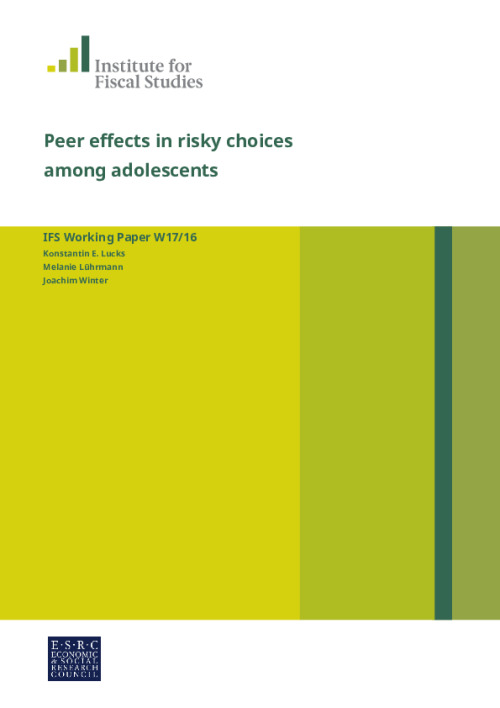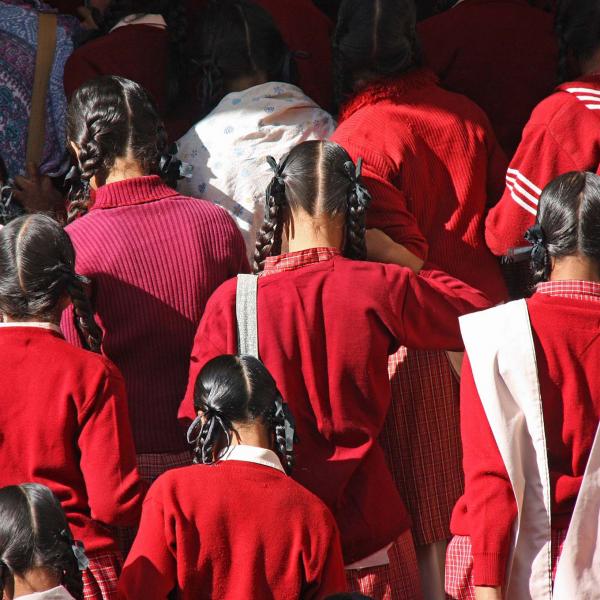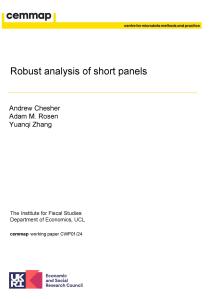We study the effects of peers on risky decision making among adolescents in the age range of 13 to 15 years. In a field experiment, we randomly allocated school classes to two social interaction treatments. Students were allowed to discuss their choices with a natural peer – either a friend or a randomly selected classmate – before individually making choices in an incentivised lottery task. In the control group, adolescents made choices without being able to discuss them with a peer. In addition, we collected information on existing peer networks. This novel design allows us to separate two channels of peer influence, assortative matching on preferences and the effect of social interaction on choices. We find that friends and classmates are matched on socio-demographic characteristics but not on risk preferences. In contrast, social interaction strongly increases the similarity of teenagers’ risky choices. A large fraction of peers align their choices perfectly.










